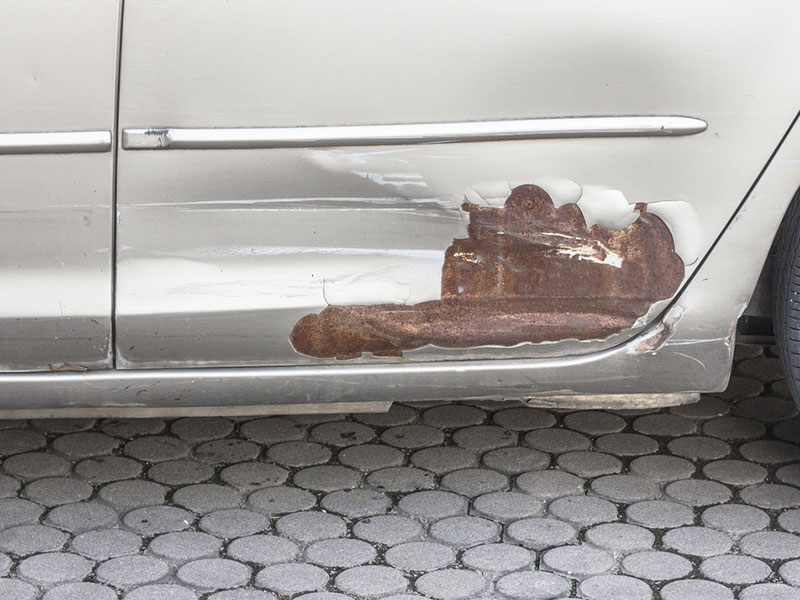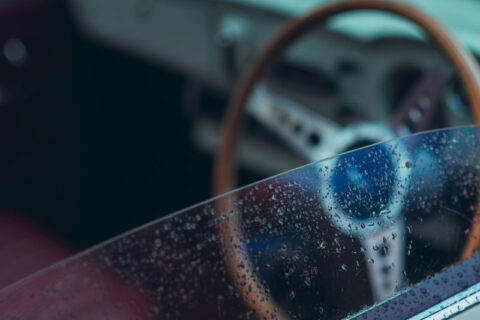How Can Rust Be Prevented?

Rust is the most common problem we encounter when working with vehicles. A rusty car takes a long time to revive and its life is greatly shortened. Once a piece is rusted, it is very difficult to prevent the spread of rust. Here are some preventative measures you could take to ensure a longer life for your car.
Know what you are facing
It is very important to know what rust is and how it is caused. This knowledge definitely helps us prevent his training and thus allows us to protect our car. Rust is the oxidation of iron to iron oxide. When iron comes into contact with oxygen, it forms iron oxide, a reddish piece visible on the surface of the metal. This causes the roughness of the surface and finally wear. Rust is like a disease that affects the body of an automobile over a period of time. Identify the areas most vulnerable to rust and inspect them frequently.
How to Prevent Rust From Coming Back
- How to avoid rust on a car
- Means to prevent auto rust
The first step is to make sure the car has a preventive coating applied to it. Silicone sprays and anti-rust adhesives can be used for the coating. But nowadays, every manufacturer has a quality coating built into the manufacturing process itself. Therefore, when you buy a vehicle or have it repaired, make sure that the abrasion-resistant coating is present and that it spreads evenly over the entire surface. A slight bump or exposure to air will rust this surface over a period of time.
Keep your vehicle clean and bright. Make a habit of washing the car regularly. In general, people neglect to wash their cars during winters, which can cause the corrosion of metals. Drain all the water after each wash and wax the vehicle as often as you can. The waxing keeps the coat and prevents flaking or openings from appearing on the vehicle. Cleanliness is the easiest and most effective way to prevent rust. The vehicle must always be clean and dry. Since dirt holds moisture, keep all bottom holes and tires clean and shiny.
Always check the underside of the car or any other vehicle you are using. Rust is common in places where there is snow or in wet areas. Salt facilitates the rusting process; especially during winters where salt is used to keep ice-free roads in cold places. It retains moisture and makes it penetrate into the smallest and most inaccessible parts of the vehicle. This results in a high rate of oxidation which increases further with temperature and causes its wear. Therefore, we should always focus on preventing parts of the iron from being exposed to air or moisture.
Small cracks on the surface should be covered with light paint. A thin layer of nail polish can be used as rust paint. Drain holes and outlet hoses near the hood and trunk should be checked regularly for blockage. Always clean these outlets thoroughly so that the moisture dries and prevents rust.
The coolant level in the cars must be maintained in the right proportion. If the radiator contains too much water, there is a risk that the cooling system will corrode. Ensure optimal use of the water used in any part of the vehicle.
Whenever a vehicle is covered, make sure there is breathing space available. Soil moisture should not be trapped in the lid. Avoid parking in direct sunlight as much as possible.
Wash the carpet and liner and get rid of leftover traces of salt or dirt that can potentially corrode the interior of the car, if exposed to air. Repeat this procedure frequently, especially during monsoons. A lawn sprinkler can be used to remove dirt from the landing gear. These are the most neglected parts of a vehicle, but those that are most prone to rust.
Once the rust occurs, it can not be completely removed. However, appropriate measures can prevent them from spreading and causing further damage. Prevention is the best way to manage rust.


